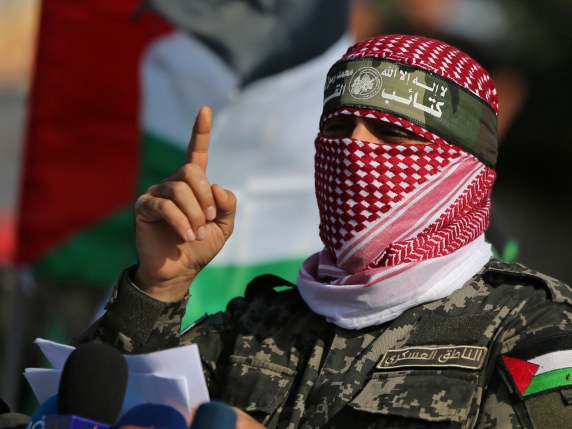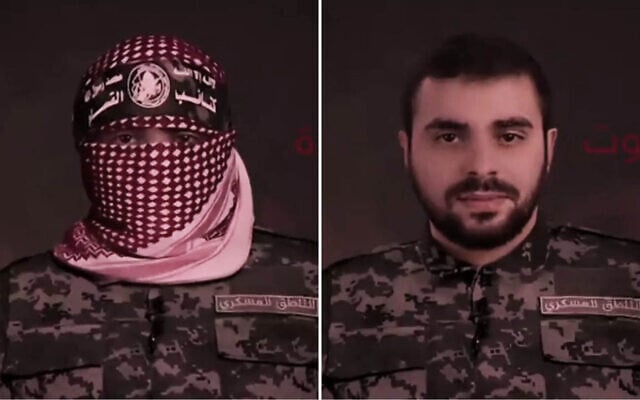The faceless man had launched his final message on Friday via Al Jazeera. His strategy: short messages, effective language, and the ability to present the movement's military initiatives.

Abu Obeida has long been the man without a face and a clear name. An air of mystery that has helped strengthen his propaganda clout as a spokesman for the military wing of Hamas and a symbol of resistance.
In his forties, he grew up in Jabalia, in the Gaza Strip, after fleeing with his family. Like other young men, he joined the armed movement and, according to some sources, began working on the communiqués of the Ezzedine al-Kassam Brigades around 2002. His debut was significant: a video dedicated to the tunnels built by the militants, one of their best weapons. He subsequently assumed a more official role, commenting on significant actions, including the capture of soldier Shalit, another key moment in the faction's struggle. And since then, he has continued along this path, accompanying the mujahideen's actions.
Operating in secret, the militant has decided to always appear with his face covered by a white and red keffiyeh: according to some, an emulation of Emad Aqil, a fighter killed in a fierce clash with enemy forces in 1993 and become a hero for the Palestinians. He instead"took" his nom de guerre from one of the Prophet's followers. References to the past have become part of his character, but the secrecy surrounding his real identity has become even more so. The Israelis have classified him as Hudayfa Samir al Kahlout (a detail revealed only years later, along with an alleged photo), while his comrades have always denied it. The Israelis have also claimed to have launched raids to kill him in 2008 and 2012, details always denied by the faction.

The uncertainty surrounding the details, however, did not diminish the importance of the figure. He made his mark with brief messages, effective language, and the ability to present the movement's military initiatives. Biographers also recall his cultural background: in 2013, he graduated from the Faculty of Theology with a thesis on the Holy Land and the three religions.
After the October 7 assault, Abu Obeida became even more present. There was the incursion, the challenge, the movement's strategy to recount. And naturally, he always avoided revealing himself. Then, together with the men of the Shadow Unit, he took care of the prisoner exchanges. He had a hand in the choreography of the liberations. The guerrillas in their impeccable uniforms, the new vehicles, the choice of particular locations in the Strip, the release documents handed over to the Red Cross and the propaganda folders, the stamps and seals, the large table in front of the cameras and the exhibition of the hostages. And it was his department that released, at crucial stages, the blackmail videos to put pressure on the divided and anguished Israeli public opinion. Here are the appeals of prisoners in the tunnels, the images of those dying, the desperate pleas, the"political" statements. These are tactics used by Hamas to increase the price but also to demonstrate that it remains in control despite the IDF offensive and the obvious logistical difficulties.
With the advance of the Israeli army, Abu Obeida became more cautious and reduced his"appearances." There was a long pause of almost four months, interrupted by a message in July, then the last intervention on Friday, entrusted to al Jazeera: Israel's plans to occupy Gaza will be a disaster for its political and military leadership...This will increase the chances of capturing new soldiers. Our fighters are on alert, prepared, and in high morale. A few hours after that statement, Tel Aviv announced it had launched a strike in western Gaza City, an operation against a house that had only recently been rented by the guerrilla's family. The bombing, according to some reports, may have marked the end of him and those who were with him, perhaps his wife and children. Tel Aviv is convinced it has eliminated him: both the prime minister and the Defense Ministry have confirmed this. Provided that the faceless man has not cheated death. A clarification could come from Hamas, even though it is never in a hurry to admit significant losses. Only on Sunday did it confirm the killing of leader Mohammed Sinwar in May.

